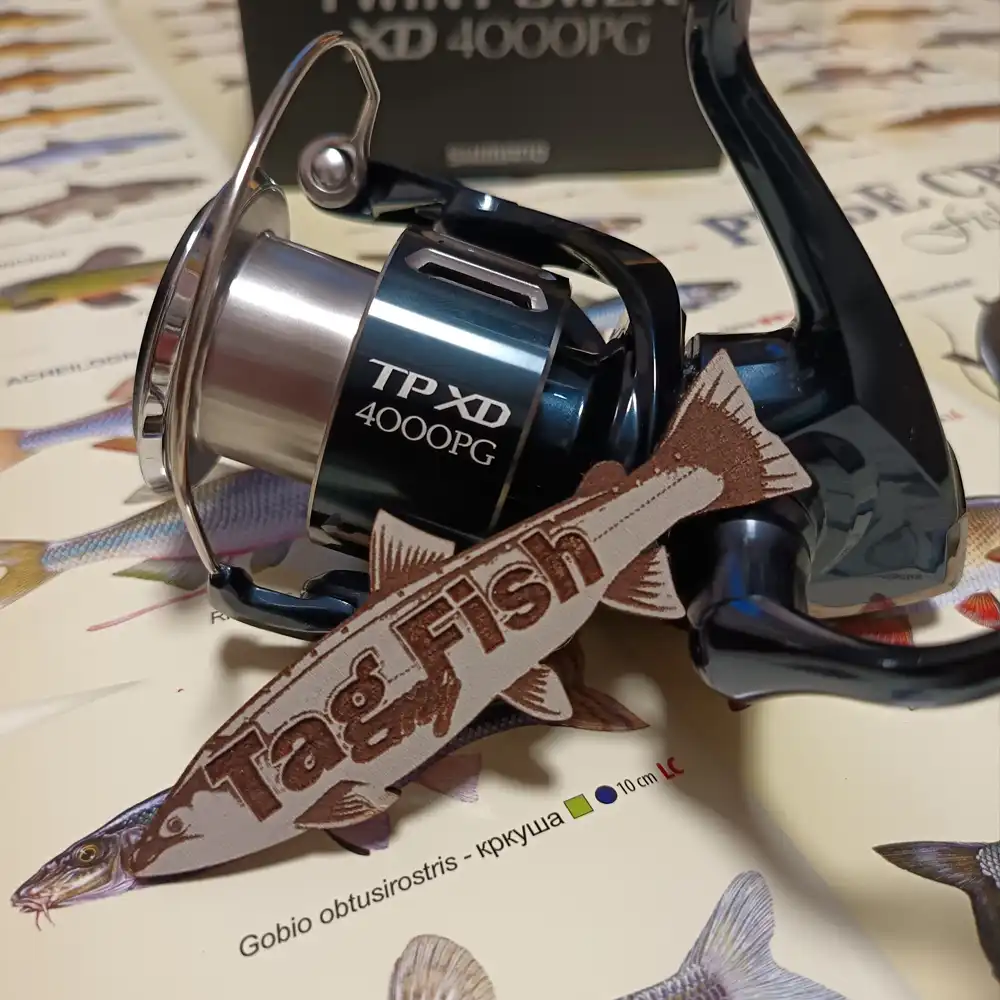Abita Lake

General data
- Name: Abita Lake
- Water system: St. Lawrence River
- Water type: Natural lake
- Progression: Brule River -> Menominee River -> Green Bay (Lake Michigan) -> Lake Michigan -> Lake Huron -> St. Clair River -> Lake St. Clair (North America) -> Detroit River -> Lake Erie -> Niagara River -> Lake Ontario -> St. Lawrence River -> Gulf of St. Lawrence -> Atlantic Ocean -> Planet Earth
- Climates: Subtropical
- Continents: North America
- Countries: United States of America
Abita Lake, located in West Cook, Minnesota, stands at an elevation of 2,040.19 feet (621.85 m) above sea level, making it the ninth highest named lake in Minnesota. Historically, it was believed to be the state’s highest elevation lake before modern surveys. Situated in the northern region of the Duluth Complex, within the Misquah Hills, Lake Abita is surrounded by the Duluth gabbro, forming several ridges that run from east to west. These ridges feature outcroppings of the renowned ’red rock’ with some being the highest points of land in Minnesota. Positioned on the southern face of one such ridge, Brule Mountain, Lake Abita benefits from its elevated location. Brule Mountain rises 506 feet (154 m) on its northern side, with the highland to its south, where the lake is situated, only 30 feet (9.1 m) below its summit, earning Lake Abita the distinction of being Minnesota’s highest lake. Part of the Brule River watershed, Lake Abita feeds into the river’s south branch between Lake Brule and its junction with the north branch. It lies within the Boundary Waters Canoe Area, accessible legally only via specific water entry points. The closest canoe entry is at Bower Trout Lake, while the south shore can be reached on foot via a trail from Mit Lake Road. Despite its scenic surroundings, Lake Abita is shallow, with a maximum depth of 14 feet (4.3 m), making it suitable for smaller fish species. A 1990 survey revealed that the majority of fish caught in survey nets were white suckers, averaging 58.3 per net, while only one yellow perch was caught per net. Surprisingly, efforts to establish a walleye population through fry stocking proved unsuccessful. Consequently, the state Department of Natural Resources concluded that Lake Abita has minimal value for sport fishing. Water clarity in the lake was measured at seven feet using a secchi disk.


